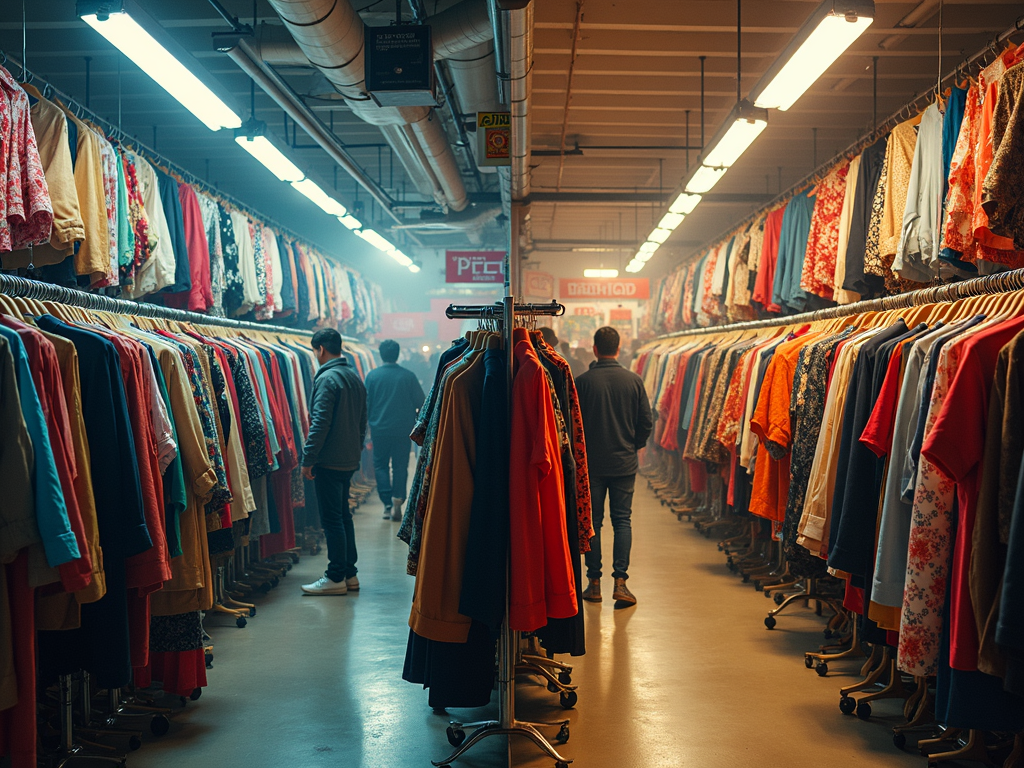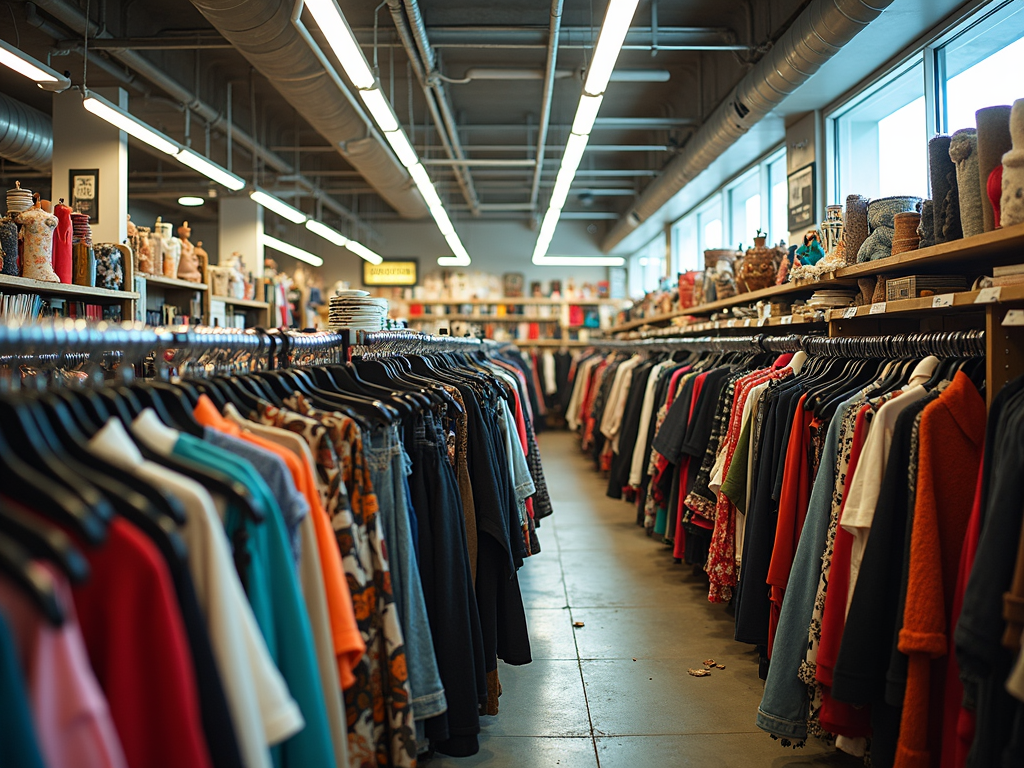In the world of fashion, a silent war is underway between Fast Fashion and second-hand fashion. While Fast Fashion attracts with rapid trends and low prices, second-hand fashion offers a sustainable alternative for environmentally conscious consumers. This article highlights the environmental impacts of both approaches and analyzes how consumer behavior influences the future of fashion. From the ecological benefits of second-hand fashion to the social and economic implications of Fast Fashion – we will look at the decisive factors that investors and individuals should consider.
Second-Hand Fashion as an Eco-Friendly Alternative: A Comparison with Fast Fashion

In the current discussion on fashion sustainability, two main approaches are at the center of attention: Fast Fashion and second-hand fashion. Both significantly contribute to shaping the fashion industry, but their environmental impact could not be more different.
Second-hand fashion stands out for its sustainable perspective that extends the life of garments while reducing the need for new productions. By reusing existing fashion items, both waste and the consumption of natural resources are significantly minimized. This practice not only saves raw materials but also drastically reduces water consumption. Water-intensive textile production is avoided, thus helping to preserve this precious resource. Another advantage of second-hand fashion is the reduction of CO2 emissions. In particular, local sales and trade in regional markets lead to shorter transport routes, resulting in a lower environmental impact.
In stark contrast is Fast Fashion, characterized by a high turnover rate and a short product lifespan. This form of fashion generates enormous waste production, as clothes often go out of style quickly and end up in landfills. The rapid production of new fashion trends entails immense consumption of water, energy, and raw materials. Particularly concerning is the use of synthetic materials such as polyester, which releases microplastics and significantly contributes to environmental pollution. Furthermore, global supply chains burden the environment through significant CO2 emissions released during transport and production.
The facts are clear: while Fast Fashion harms the environment, second-hand fashion offers a sustainable alternative that reduces resource consumption, avoids waste, and paves the way for a circular economy. For consumers who consider ecological aspects, second-hand fashion represents a better choice. Purchasing used clothing not only leads to consciously sustainable consumption behavior but also promotes the preservation of natural resources and a smaller ecological footprint.
Consumer Behavior: The Driving Force Behind Innovation and Sustainability in Fashion

Consumer behavior in the fashion world serves as a key catalyst for changes in the sector. It influences not only the demand for products but also shapes their production and distribution. The shift from Fast Fashion to more sustainable options such as Slow Fashion and second-hand fashion demonstrates how consumers profoundly influence the fashion market.
Fast Fashion vs. Slow Fashion
Fast Fashion, known for rapid production cycles and low prices, has promoted a throwaway mentality in recent decades. Since fashion items are produced quickly and cheaply, a large portion of these clothes ends up in landfills. These practices not only burden the environment with an enormous amount of waste and CO2 emissions but also have social implications such as poor working conditions and low wages in developing countries.
In contrast, Slow Fashion tells a different story. Here, the focus is on durability and quality. Consumers are encouraged to buy less, but better. Garments under Slow Fashion are generally made with more eco-friendly materials and often support fair working conditions. This shift in mindset, although often more expensive and sometimes less accessible, is increasingly being adopted by a class of sustainability-oriented consumers.
Digital Platforms and Social Influences
Digitalization has revolutionized the sales market but has also fostered impulsive consumption. Platforms offering live shopping experiences have brought buyers closer to the sales process. Influencers play a central role in this, making sustainable alternatives visible and actively recommending them. A dynamic relationship develops between consumers and fashion suppliers, who demand transparency and sustainable practices.
Challenges and Opportunities
Although sustainable fashion is often associated with higher costs, the growing awareness for eco-friendly options is slowly changing things. Initiatives that raise awareness and educate consumers about the impacts of their choices are crucial. Regulatory measures, such as expanded producer responsibility, could also help promote more sustainable decisions in textile production.
Ultimately, more conscious consumer behavior not only leads to environmental and social improvements but also opens doors to innovation within the fashion industry. The key is to actively support this change to drive fashion toward greater responsibility and sustainability.